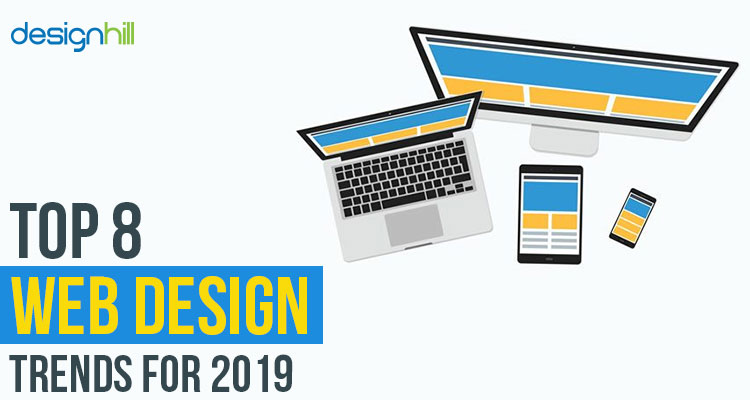The Development Of Web Design: After That And Currently
The Development Of Web Design: After That And Currently
Blog Article
Short Article Created By-Kahn Lunde
In the past, internet sites were straightforward and focused on info. you could try this out was straight, and style was for desktop computers. Currently, customer experience is vital. Data overviews layouts for easy navigation. Receptive formats match various gadgets. Today, dark mode reduces strain, and minimalist menus improve navigation. Interactive attributes involve users, and bold visuals stand apart. AI assimilation boosts engagement. See just how layout has advanced to boost your on the internet journey.
Early Days of Website Design
In the early days of website design, simpleness reigned supreme. Sites were standard, with limited shades, font styles, and layouts. The focus got on supplying info rather than fancy visuals. Users accessed the net through slow-moving dial-up connections, so rate and functionality were crucial.
Navigation food selections were straightforward, typically situated at the top or side of the page. Internet sites were designed for desktop, as mobile browsing wasn't yet prevalent. Web content was king, and developers prioritized easy readability over intricate layout elements.
HTML was the primary coding language made use of, and developers needed to function within its restrictions. Computer animations and interactive functions were very little contrasted to today's requirements. Sites were fixed, with little vibrant web content or customized user experiences.
Rise of User-Focused Style
With the development of web site layout, a shift towards user-focused style principles has become increasingly prominent. Today, creating sites that focus on user experience is important for engaging site visitors and accomplishing business objectives. User-focused style entails understanding the needs, choices, and actions of your target market to tailor the site's format, material, and includes as necessary.
Developers now carry out comprehensive research study, such as user surveys and use testing, to collect understandings and comments directly from customers. This data-driven method helps in developing intuitive navigating, clear calls-to-action, and aesthetically attractive user interfaces that resonate with site visitors. By positioning the individual at the center of the layout process, internet sites can provide a much more customized and pleasurable experience.
Responsive layout has actually additionally emerged as a key element of user-focused layout, ensuring that sites are optimized for various tools and screen sizes. This adaptability improves accessibility and usability, accommodating the varied means individuals engage with internet sites today. Basically, the increase of user-focused style represents a change towards creating electronic experiences that prioritize the needs and expectations of the end customer.
Modern Trends in Web Design
Explore the most up to date fads forming website design today. One popular pattern is dark mode design, offering a sleek and contemporary appearance while decreasing eye pressure in low-light settings. One more crucial pattern is minimal navigating, simplifying food selections and improving user experience by focusing on essential elements. Incorporating micro-interactions, such as computer animated buttons or scrolling impacts, can create an extra interesting and interactive internet site. Receptive design remains vital, guaranteeing smooth user experiences throughout different devices. Furthermore, making use of strong typography and unbalanced layouts can include visual rate of interest and draw attention to certain material.
Integrating AI modern technology, like chatbots for consumer assistance or tailored recommendations, enhances user interaction and enhances procedures. Accessibility has also become a significant fad, with designers prioritizing comprehensive style methods to deal with diverse customer demands. Accepting sustainability by enhancing internet site efficiency for rate and performance is an additional emerging fad in web design. Working together with customer comments and information analytics to iterate and enhance layout continually is vital for remaining relevant in the ever-evolving digital landscape. By embracing these modern trends, you can develop a visually attractive, user-friendly website that reverberates with your audience.
Conclusion
As you assess the evolution of internet site layout from the very early days to currently, you can see how user-focused design has ended up being the driving pressure behind modern fads.
Welcome the trip of adjustment and adjustment in web design, always maintaining the user experience at the forefront.
Keep existing with the most recent patterns and modern technologies, and never ever stop advancing your strategy to develop visually sensational and user-friendly web sites.
Evolve, adjust, and produce - the future of web design is in your hands.
